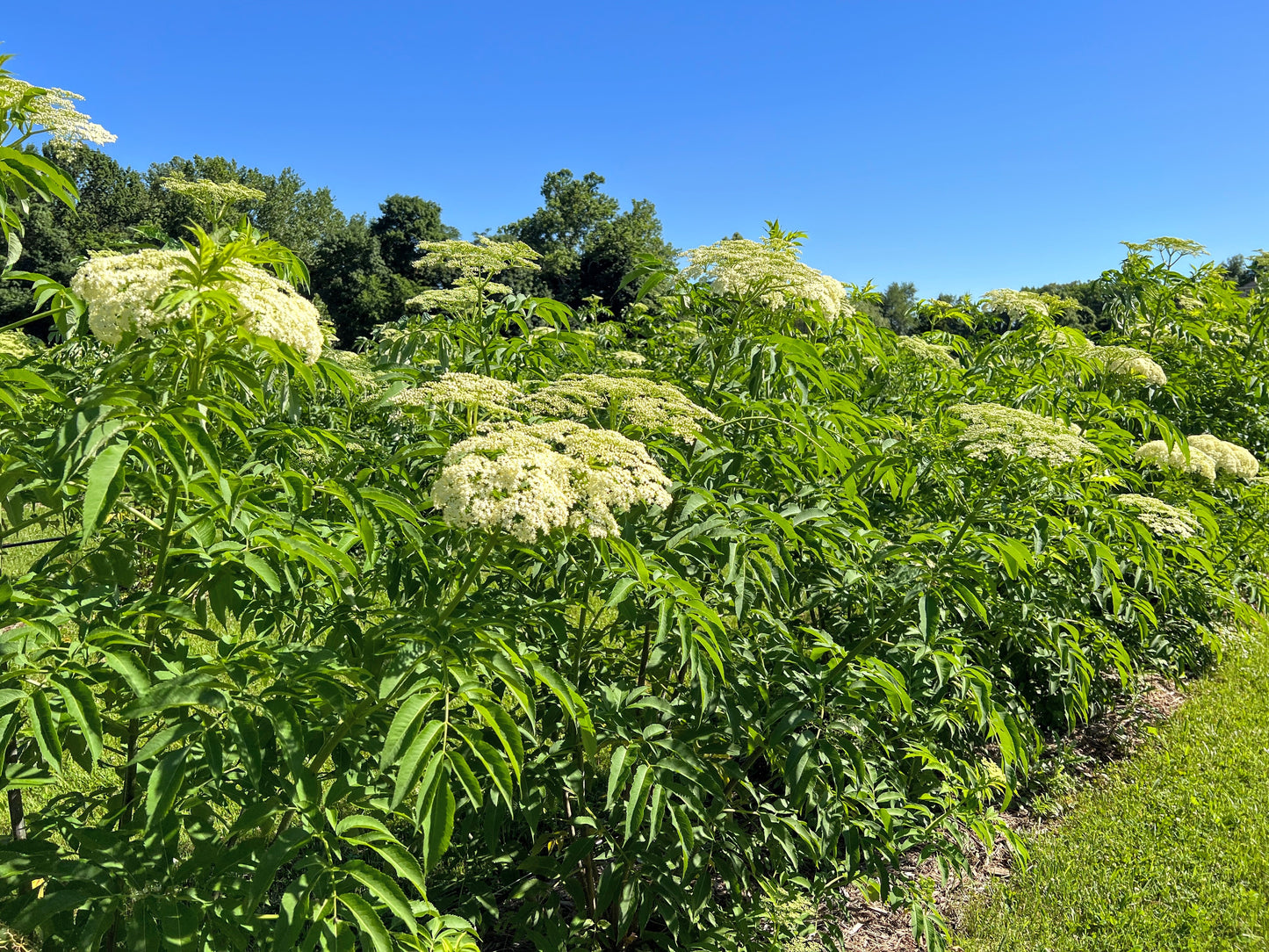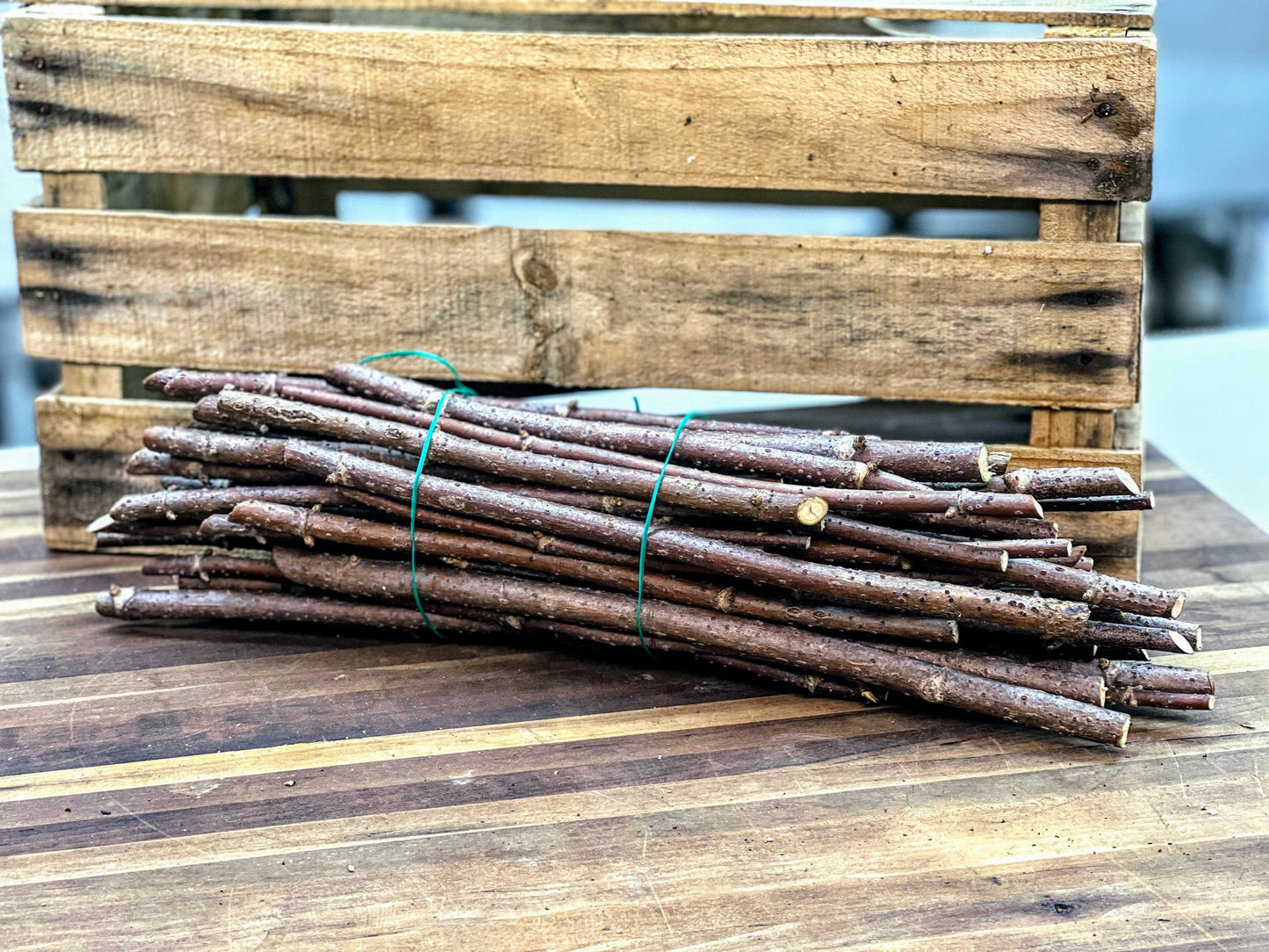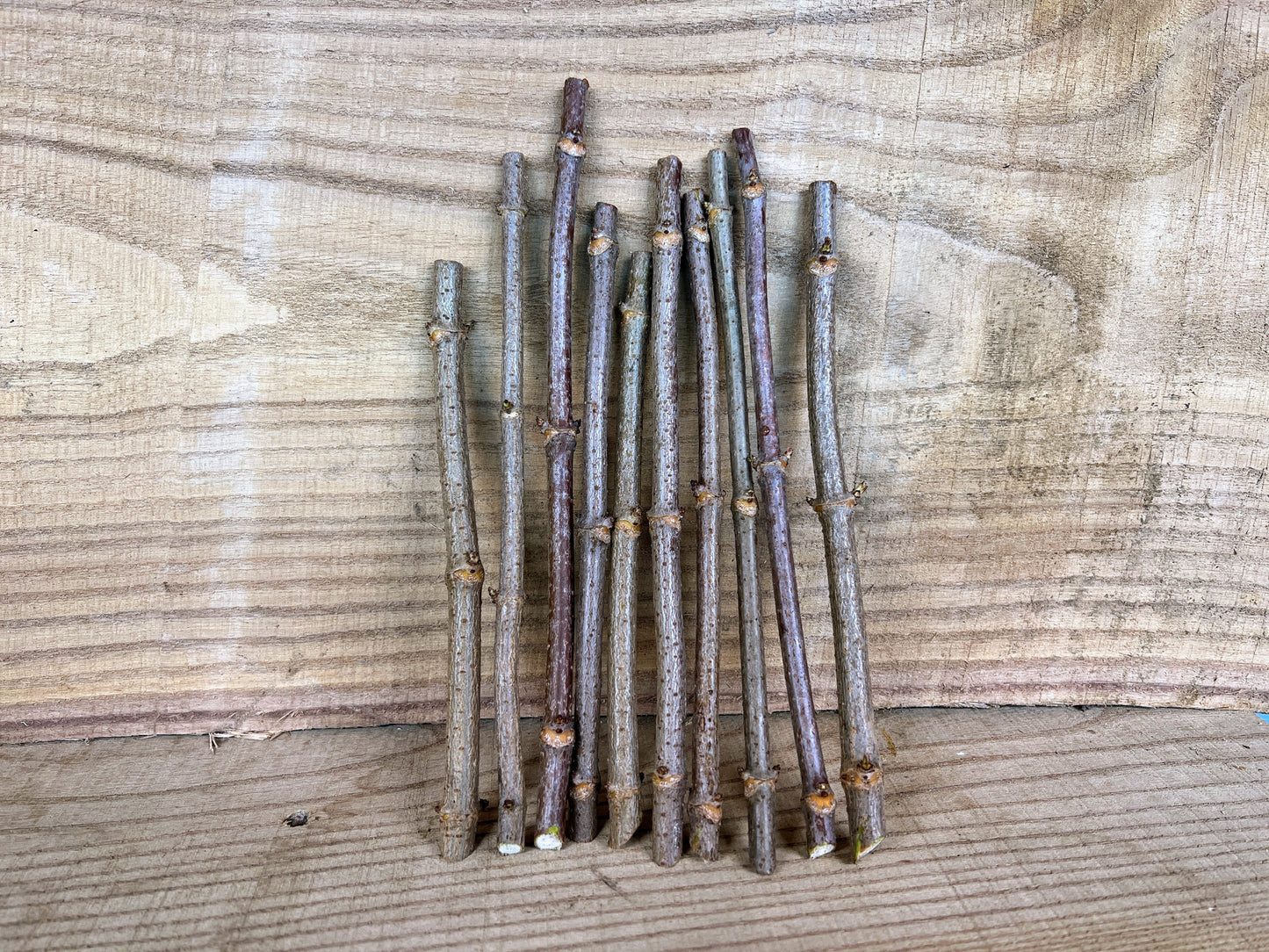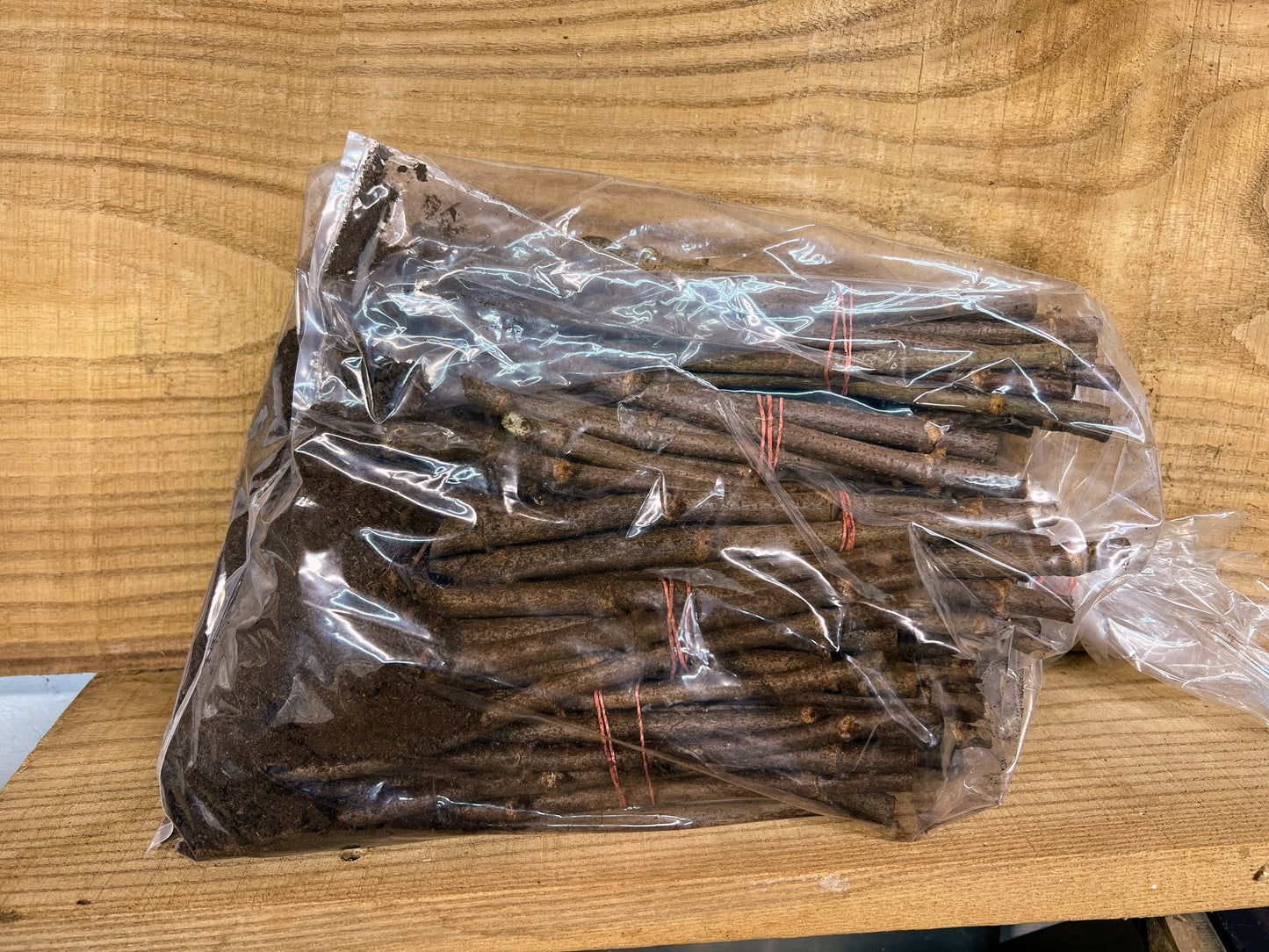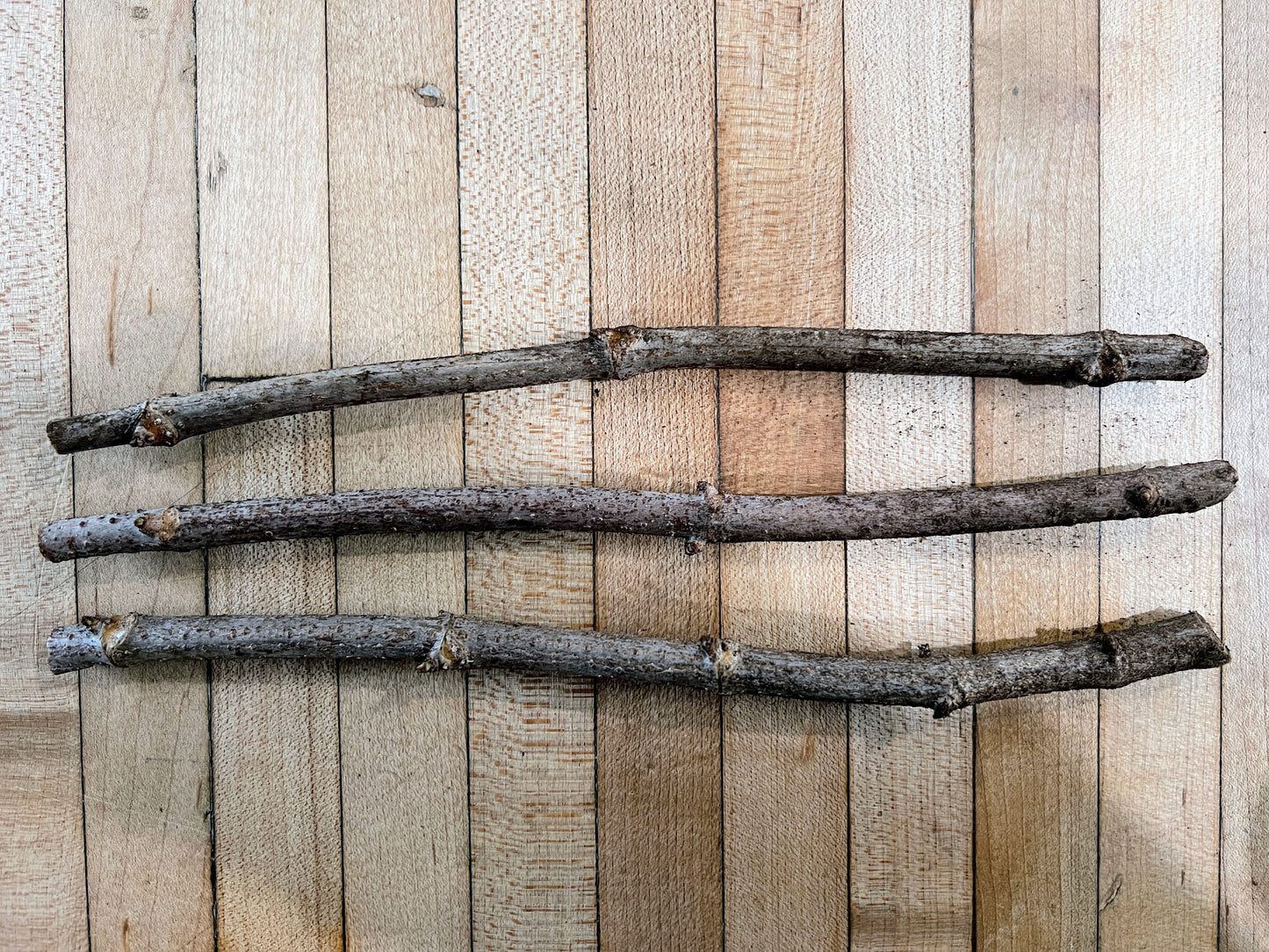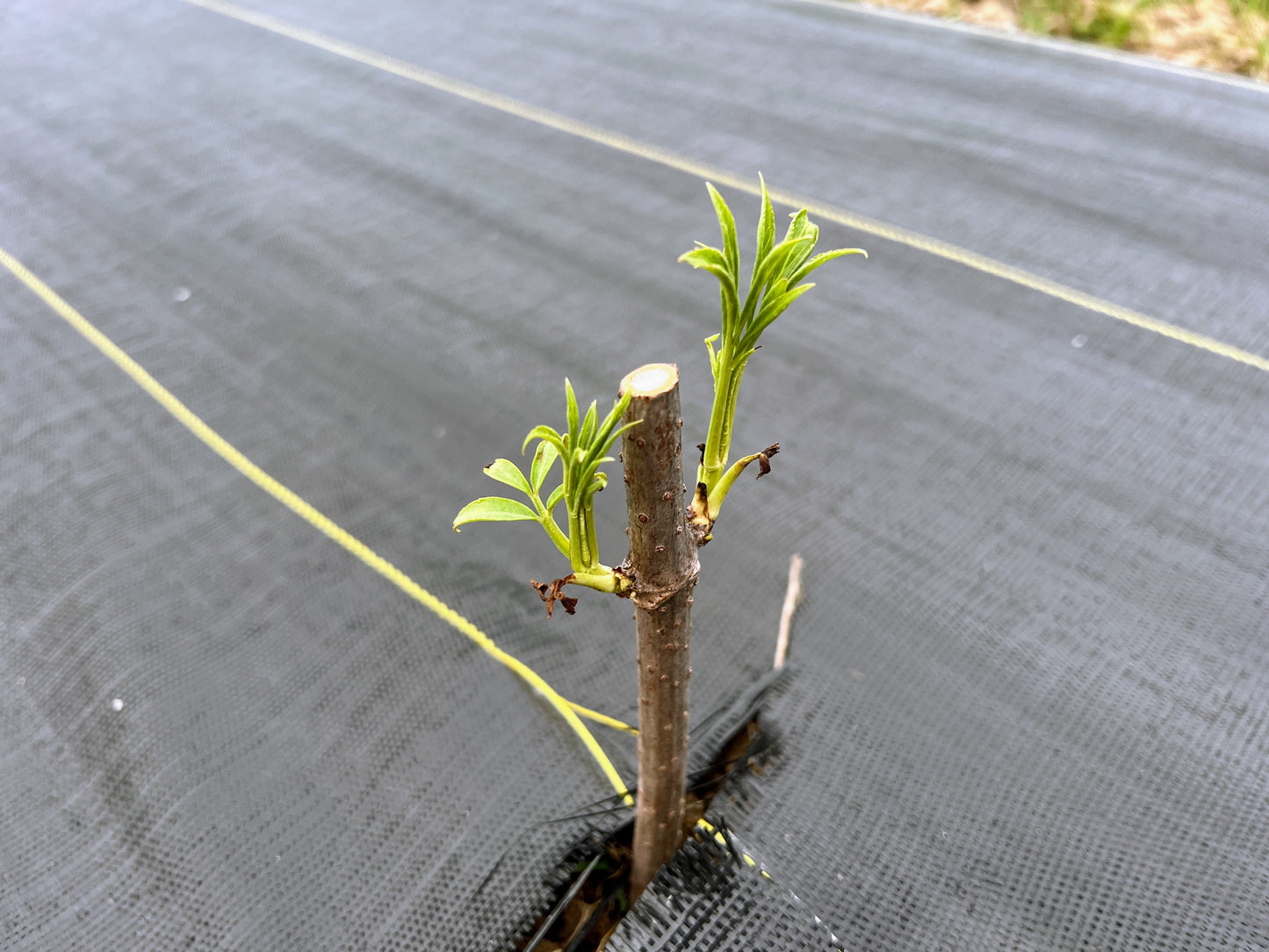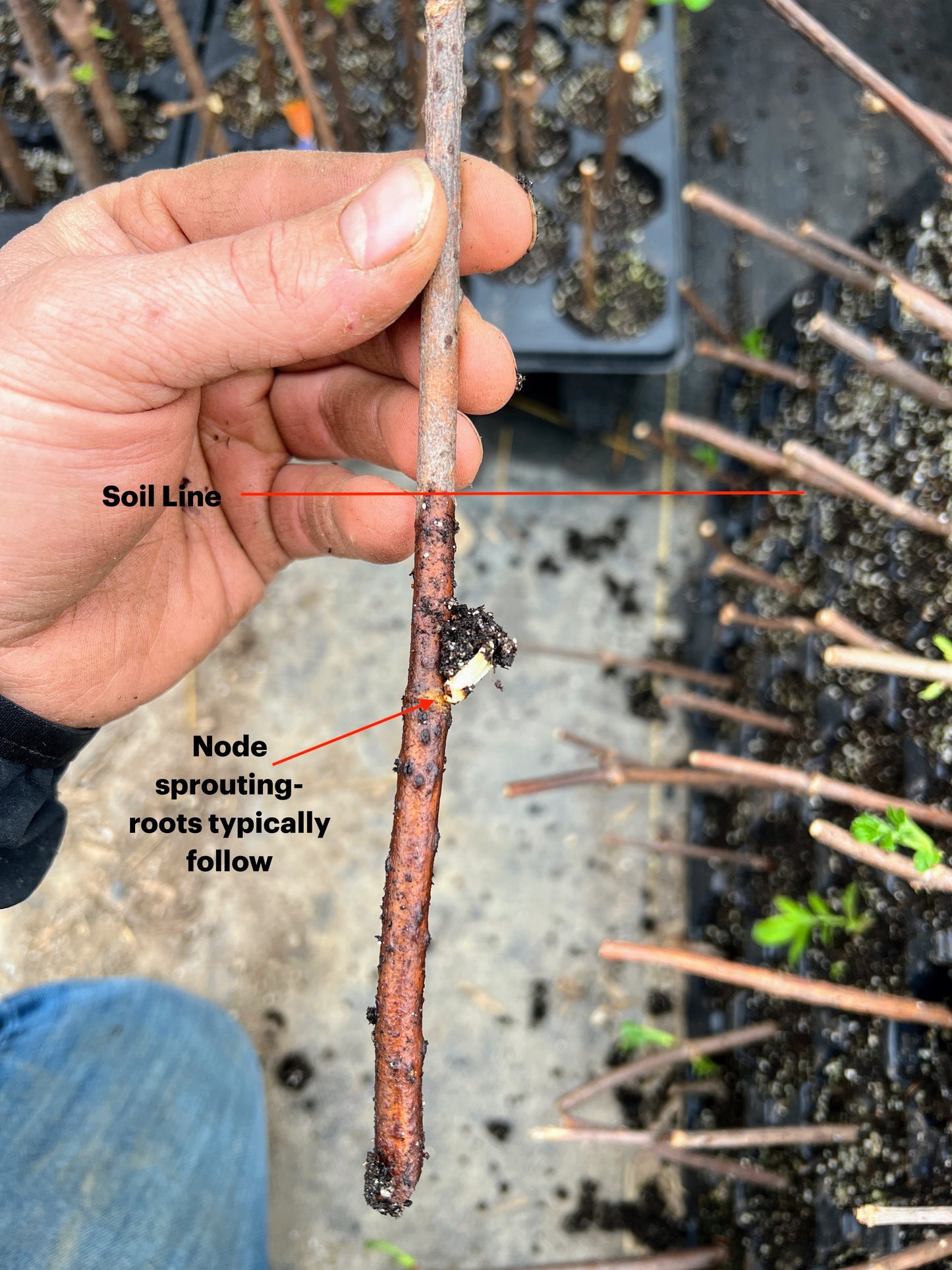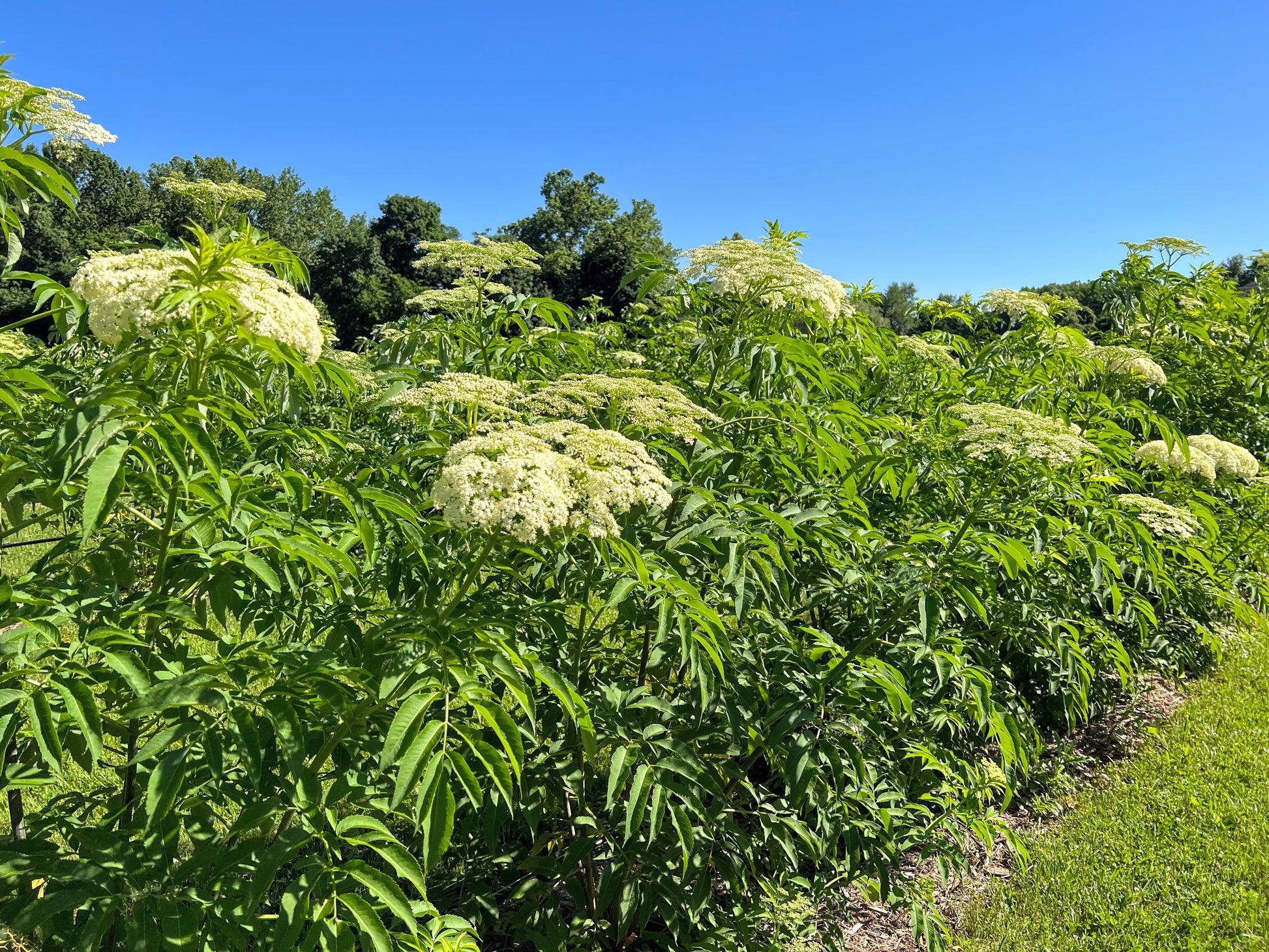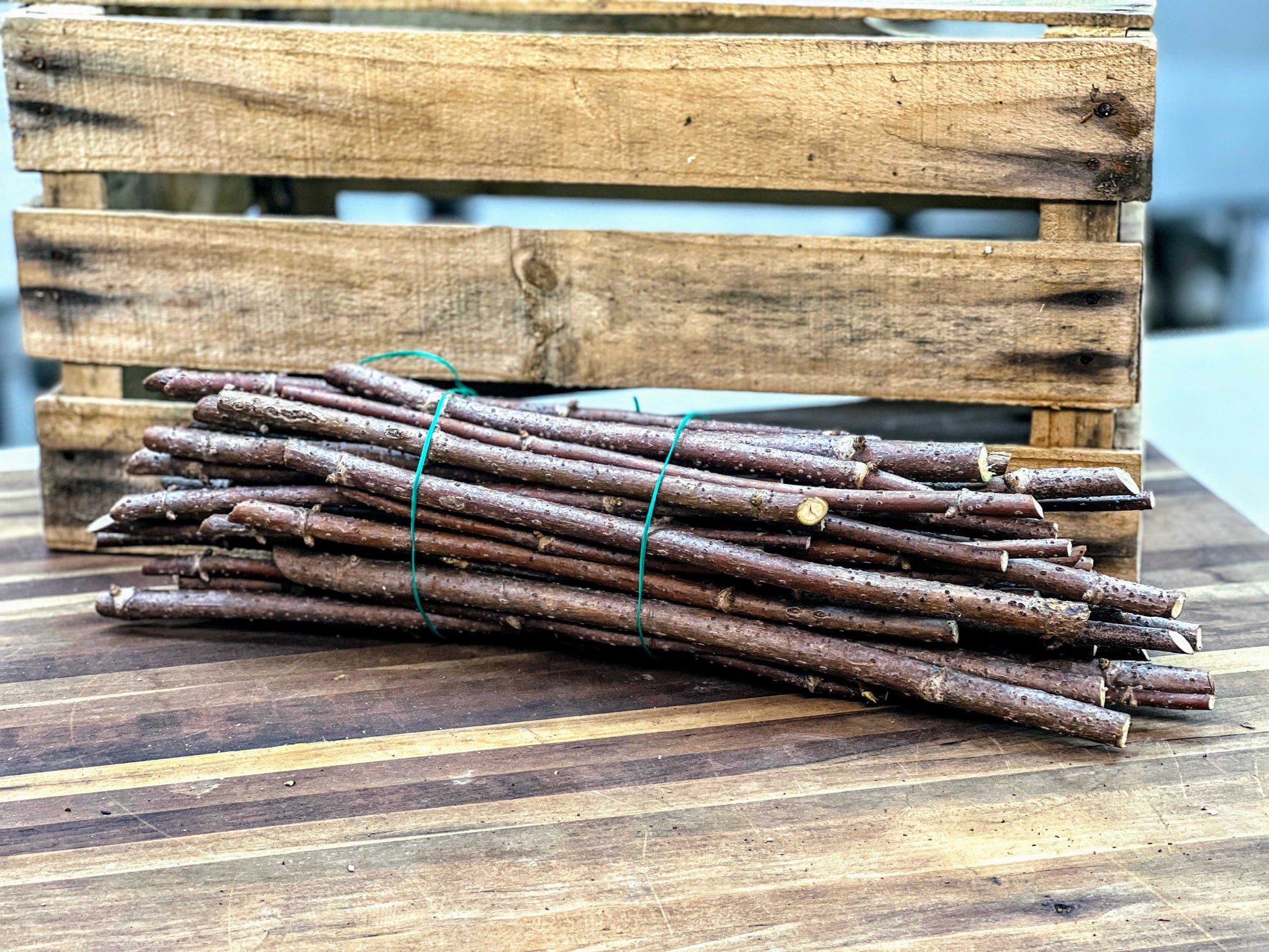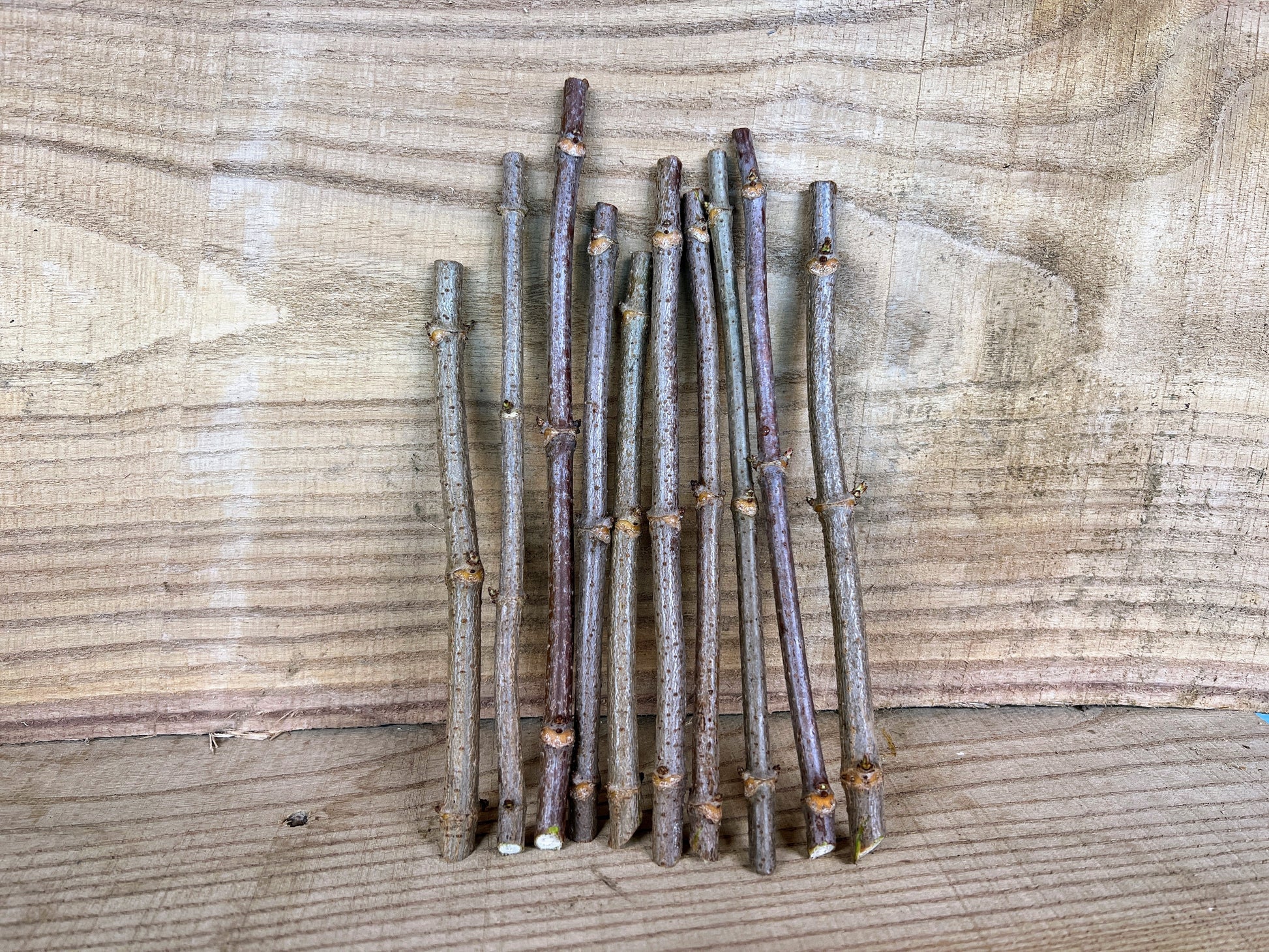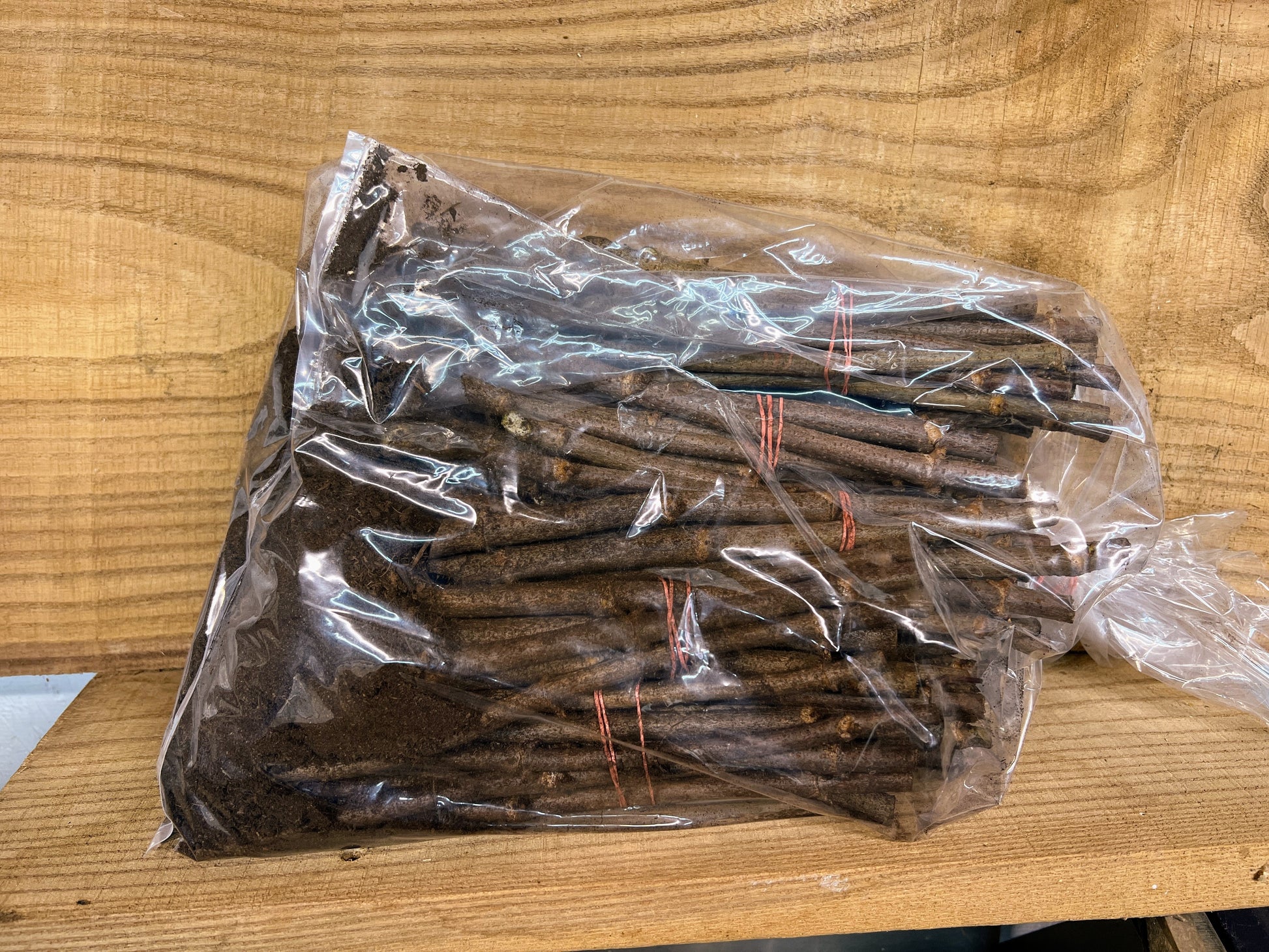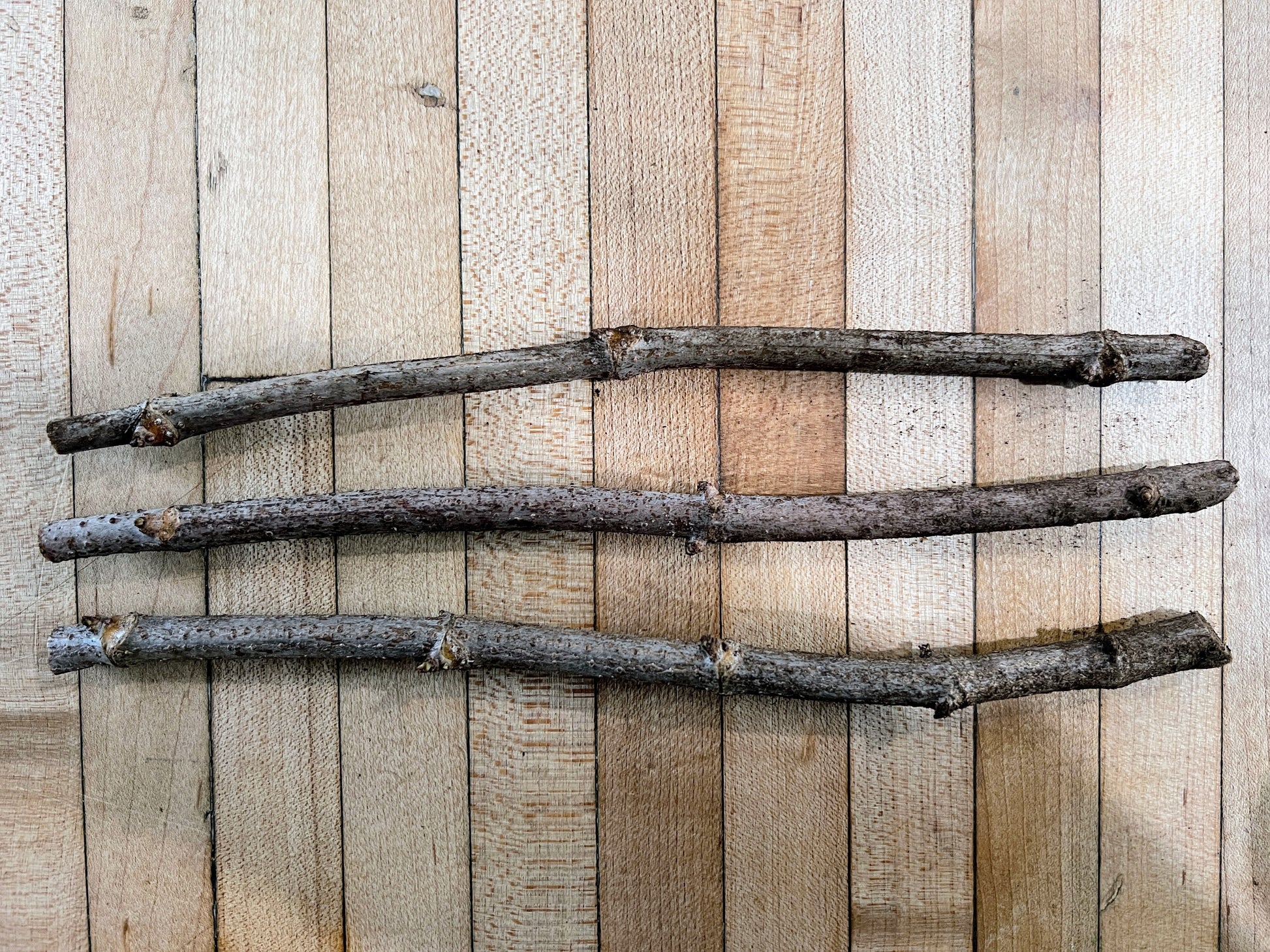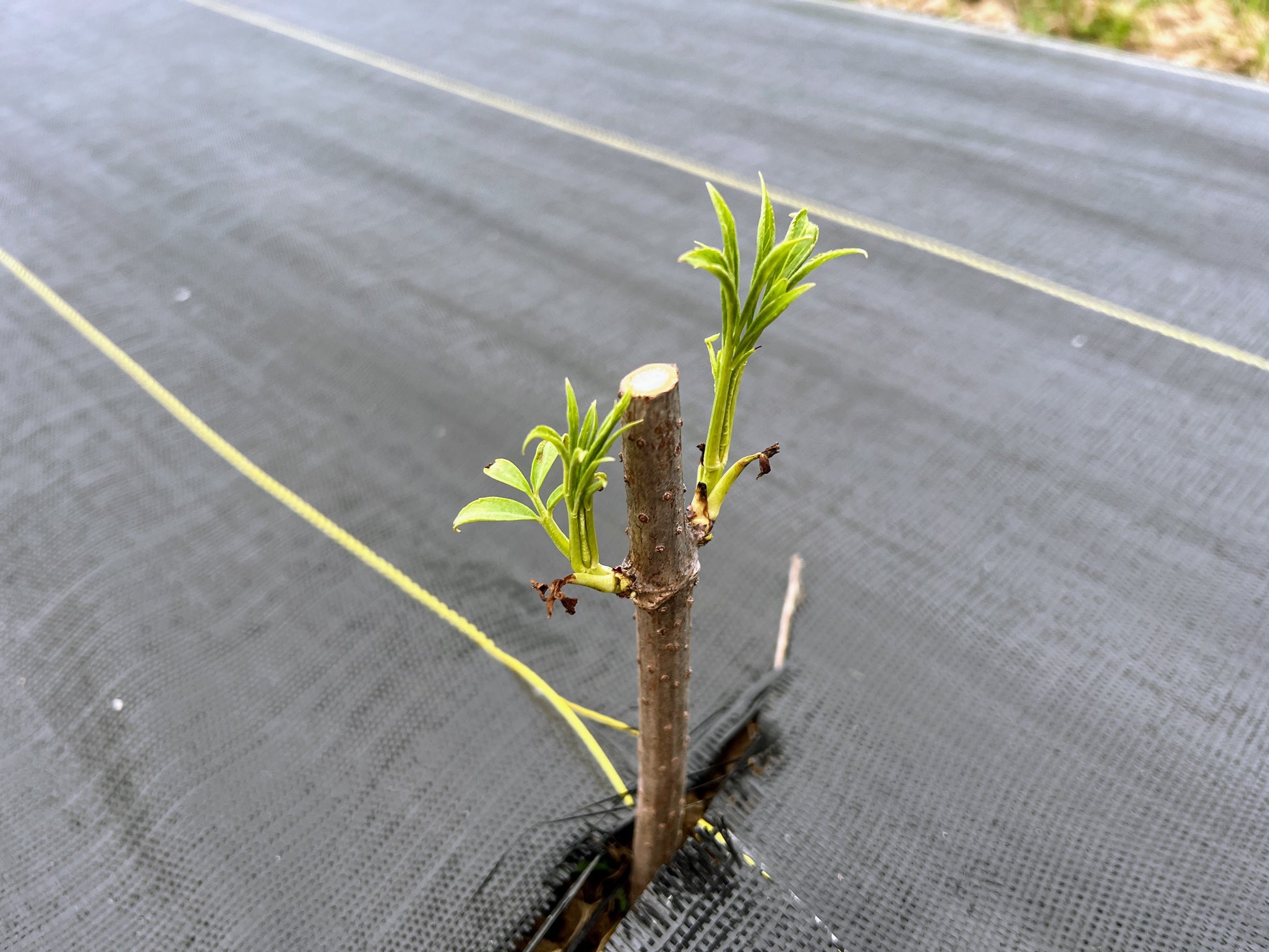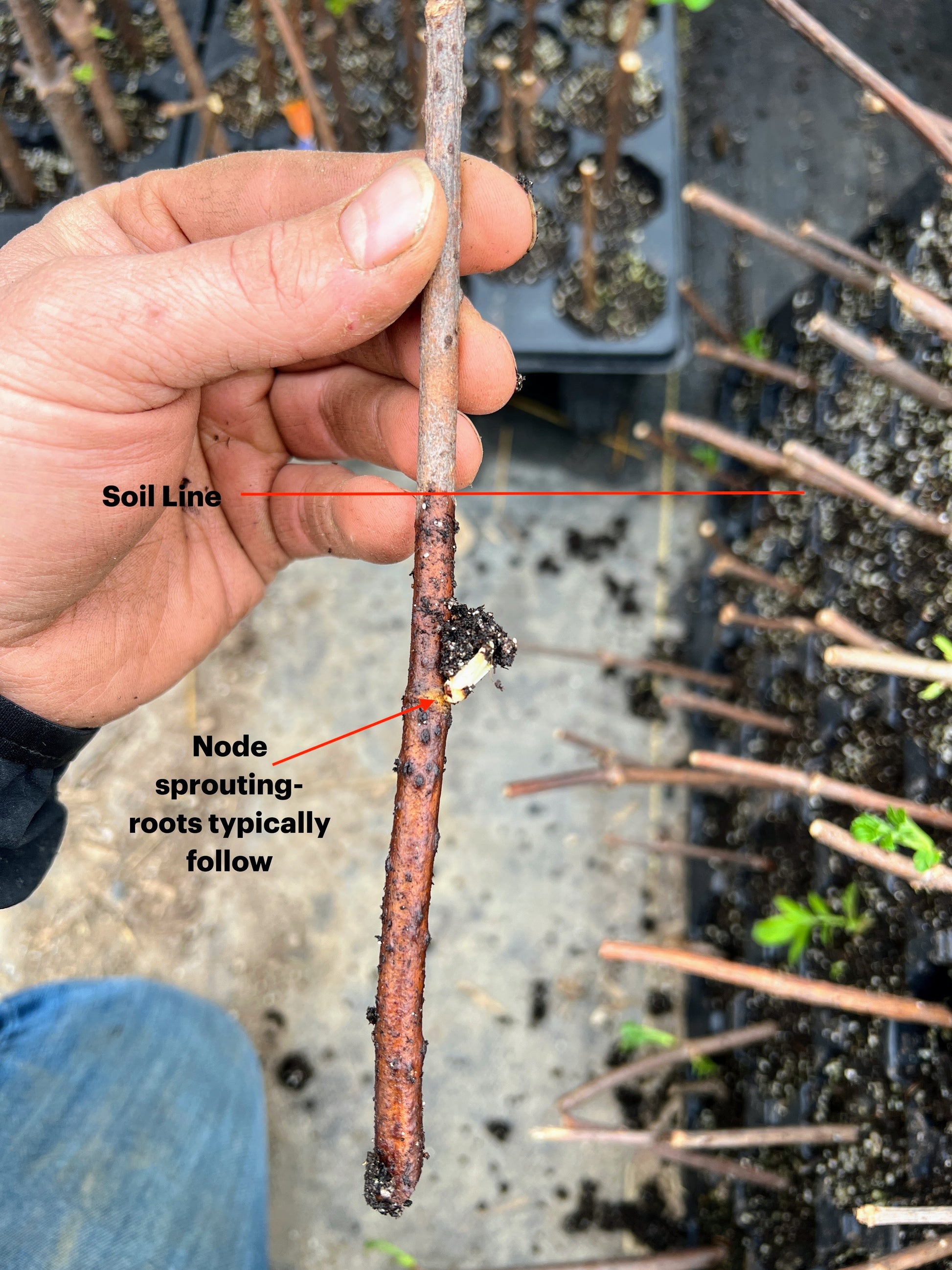| PREORDER | Fryeburg Elderberry
| PREORDER | Fryeburg Elderberry
Couldn't load pickup availability
:: Preorder - Shipping in Spring 2026 ::
Bring the unique and hardy Fryeburg Elderberry (Sambucus canadensis ‘Fryeburg’) to your landscape, an emerging American elderberry variety native to New England and showing strong potential as a productive and resilient option for growers. While this cultivar is still being observed and evaluated, early signs point to excellent cold tolerance, regional adaptation, and promising fruiting potential. Ideal for gardeners who enjoy exploring new varieties, Fryeburg offers an exciting opportunity to grow and learn alongside us as we continue to trial and study this distinctive elderberry.
Why Choose Fryeburg Elderberry?
• Native Adaptation: Originating from New England, Fryeburg is naturally suited to colder climates and regional soil conditions.
• Hardy and Resilient: Thrives in USDA Zones 3 through 8, making it well suited for northern growers.
• Promising Growth: Expected to develop into a vigorous, multi stemmed shrub similar to other American elderberries.
• Potential for High Yields: Early observations suggest the possibility of strong berry production with clusters of dark purple black fruit.
• Excellent for Experimenters: A great option for growers who enjoy discovering the traits and performance of newer or lesser known cultivars.
Medicinal and Nutritional Benefits
Like other American elderberries, Fryeburg is expected to provide a nutrient rich profile filled with antioxidants, anthocyanins, vitamin C, vitamin A, and immune supporting flavonoids. Elderberries have a long tradition in herbalism for supporting respiratory wellness, promoting seasonal health, and strengthening natural defenses. While specific details about Fryeburg’s berry size and flavor are still being studied, growers can anticipate nutrient dense fruit suitable for syrups, teas, tinctures, preserves, and homemade wellness preparations.
What We Are Still Learning
Because Fryeburg is still under evaluation, there are key characteristics we are actively observing:
• Ripening Time: Expected to ripen in late summer or early fall, similar to many American elderberries.
• Fruit Size and Flavor: We will update you with more precise information once plants reach fruiting maturity.
• Growth Habit Specifics: While anticipated to reach eight to twelve feet tall, we will confirm mature size, vigor, and pruning best practices as more data becomes available.
Our team is committed to updating growers as we learn more about this promising and regionally adapted variety.
Planting and Growing Instructions
- Preparing the Cuttings: Place cuttings in water or moist soil immediately upon arrival. You may root them indoors or plant directly outdoors when conditions allow.
- Planting Time: Plant in early spring as soon as the ground thaws.
- Location: Choose full sun to partial shade for balanced growth and fruiting.
- Soil Preferences: Prefers moist, well draining soil. Additional insights on ideal soil conditions will be shared as plants mature.
- Spacing: Based on similar varieties, plant 2 to 4 feet apart in rows spaced 10 to 14 feet apart for proper airflow.
- Watering: Keep soil consistently moist during establishment. Continue regular watering during dry periods for best growth.
- Pruning: Prune in late winter or early spring to remove dead wood and encourage strong first year canes where berries form.
Pro Tips for Success
• Cross Pollination: While we do not yet know if Fryeburg is self-fertile, planting it with another variety such as Adams or Johns is recommended for reliable fruit set.
• Harvesting: We will provide updates on ripening schedules and berry quality as trial plants reach maturity.
• Wildlife and Ornamental Use: As with other elderberries, Fryeburg is expected to produce fragrant white blossoms and attractive fall foliage while supporting pollinators and local wildlife.
All elderberry bundles include a minimum of three cuttings with two or more nodes each. Please see product photos for examples of bundle sizes.
Order Your Cuttings Today!
Our Fryeburg Elderberry cuttings are shipped fresh and ready to grow. While this variety is still under observation, it holds promise as a unique and hardy addition to your garden. Join us in growing and learning about Fryeburg Elderberry!
All elderberry bundles include a minimum of three cuttings, each with two or more nodes. Please reference product photos for examples of bundle sizes.
Shipping Details: Sold as dormant cuttings in bundles, shipped fresh starting in February. STORE IN YOUR REFRIGERATOR UNTIL PLANTING.
Non-GMO Commitment: At Growing Farmers and The Farm on Central, all our plants are guaranteed non-GMO and not genetically modified in any way, upholding natural breeding methods and promoting sustainable gardening and farming practices.
Growing method: Grown on our Coop farms using natural growing methods, no chemicals used.
Which Elderberry Should I Grow?
Elderberry Growing Instruction Guide
